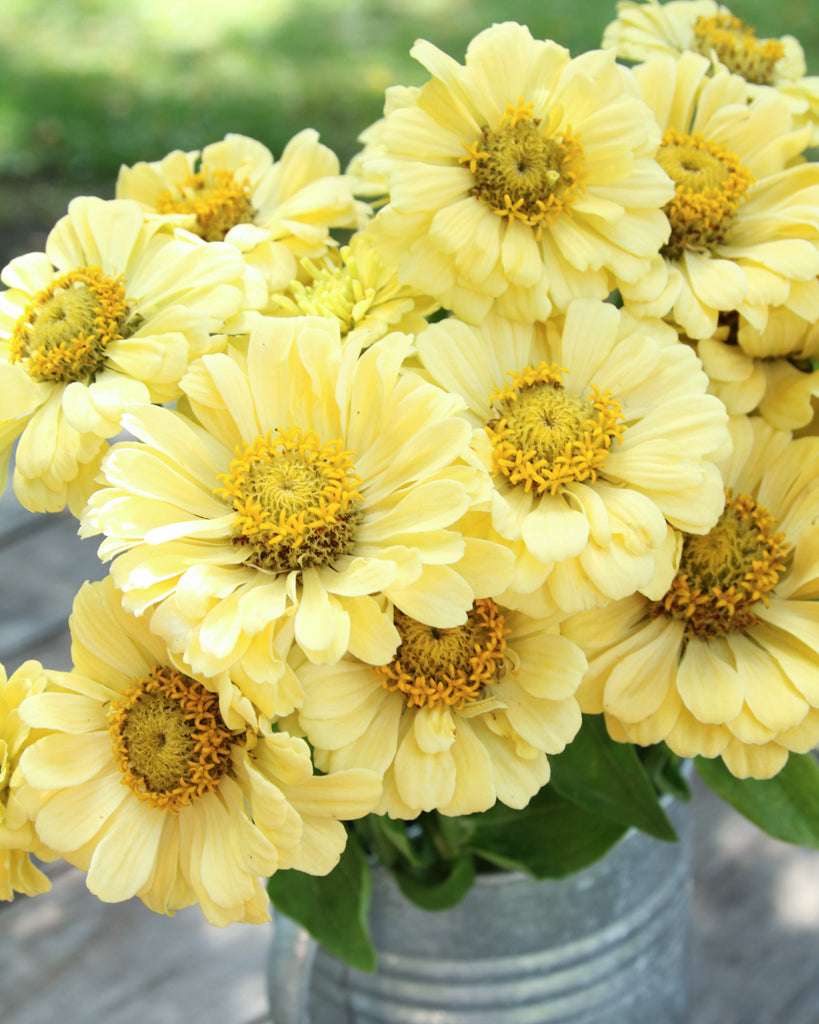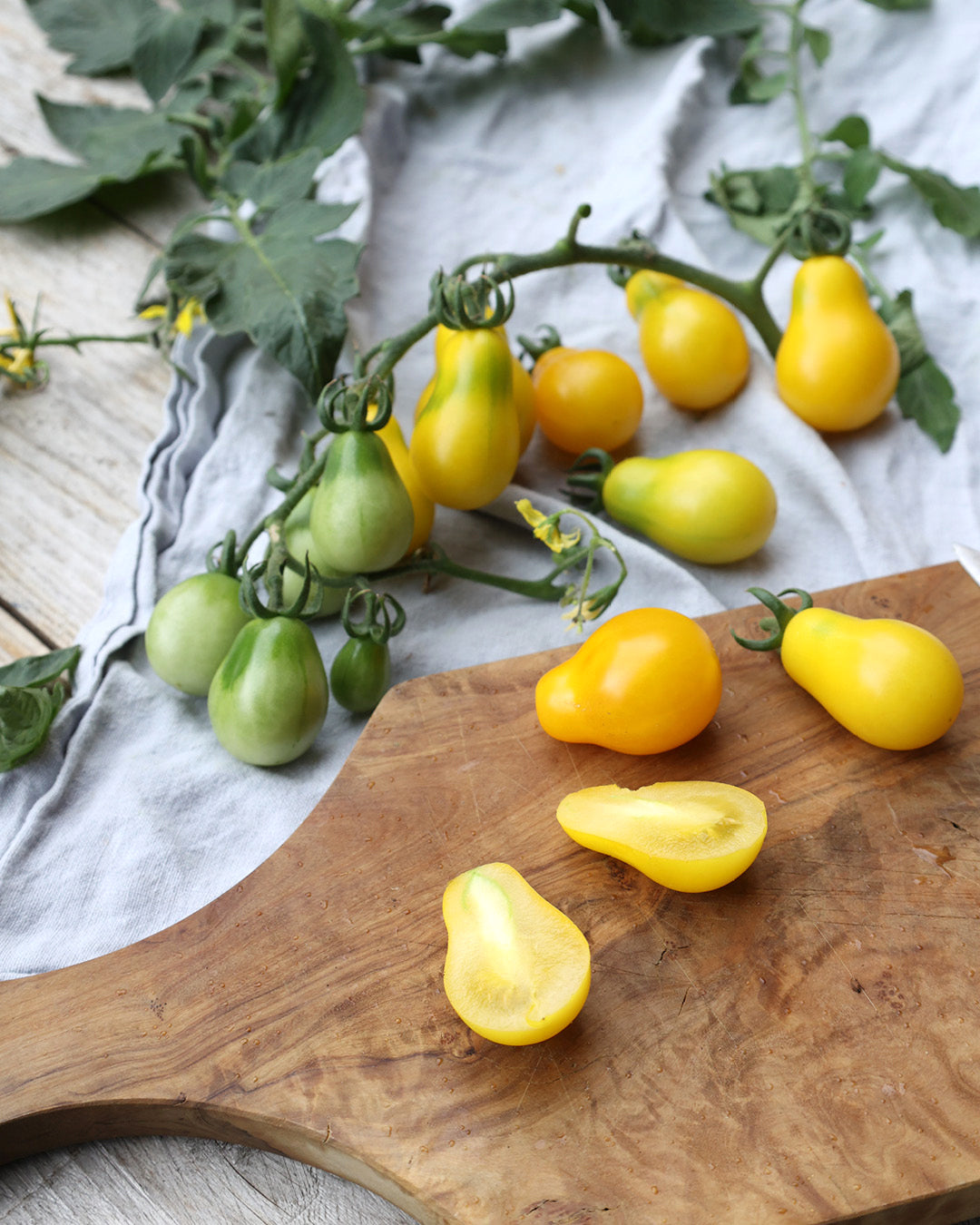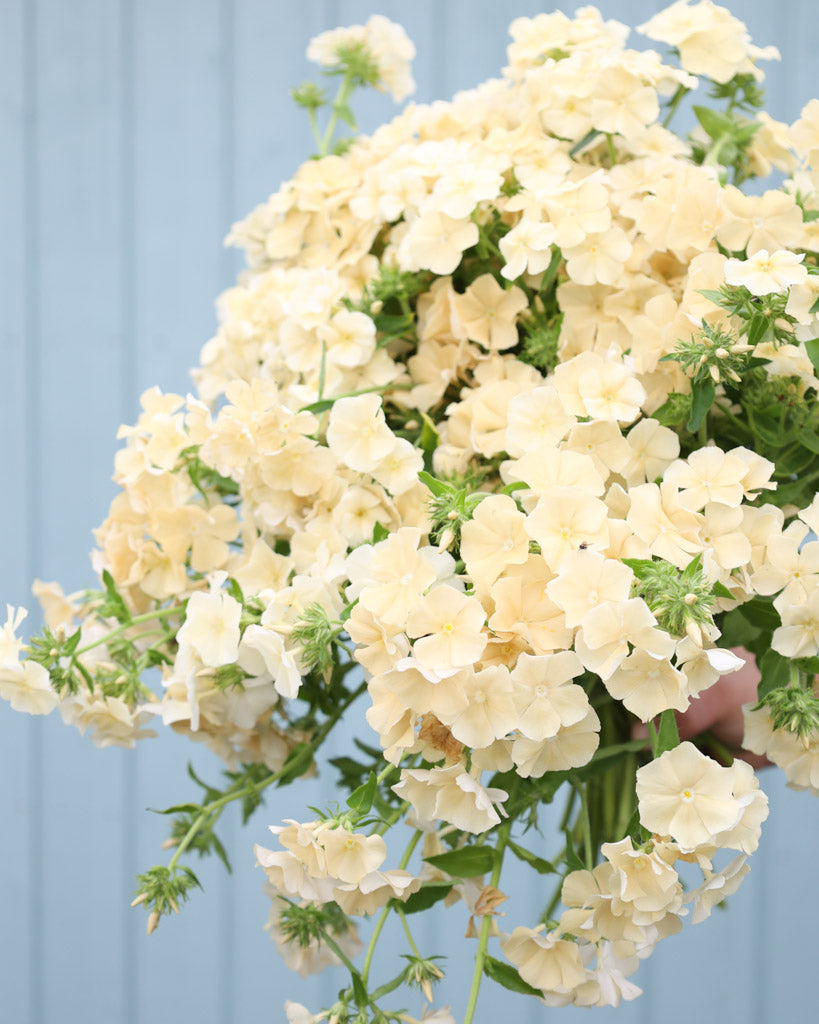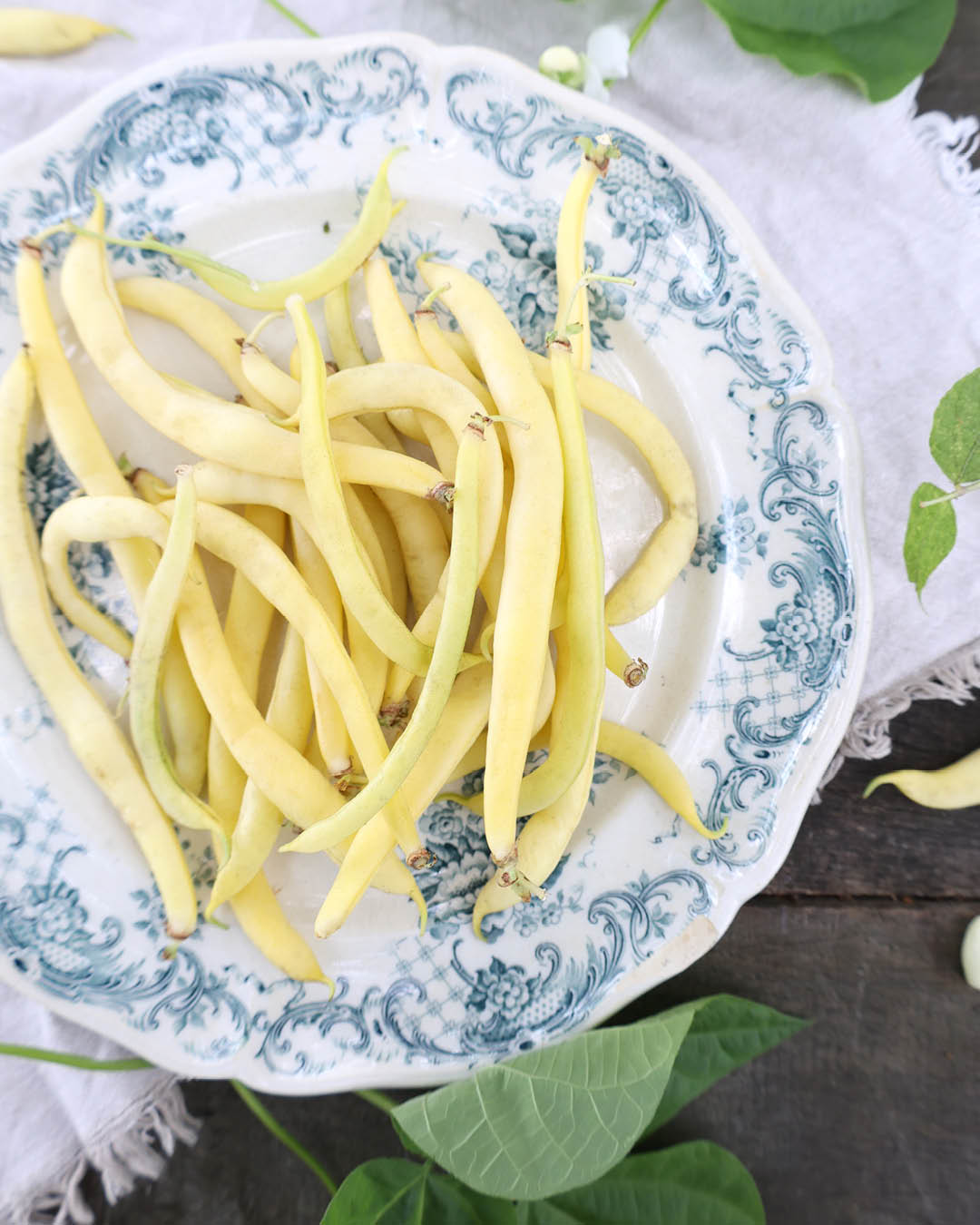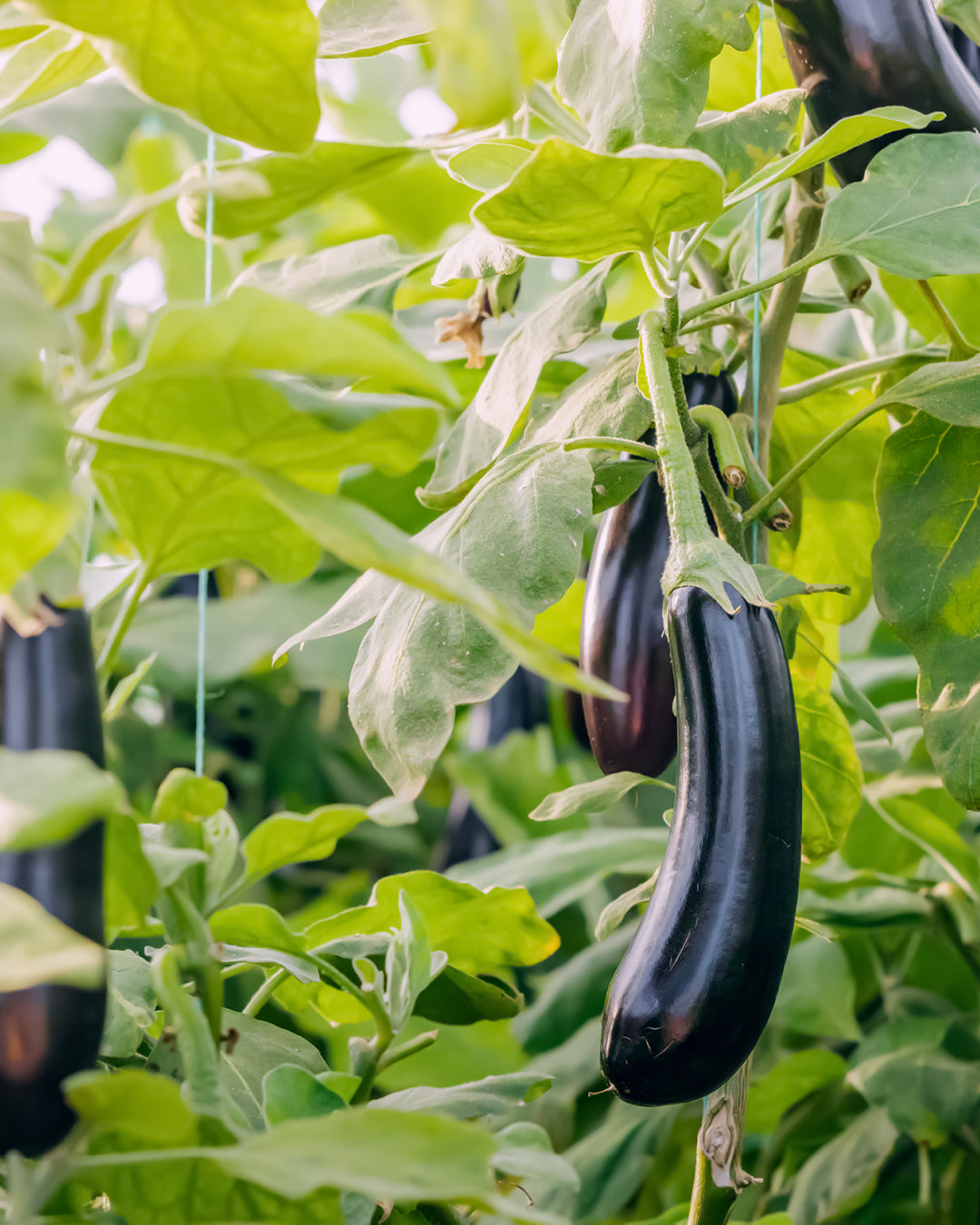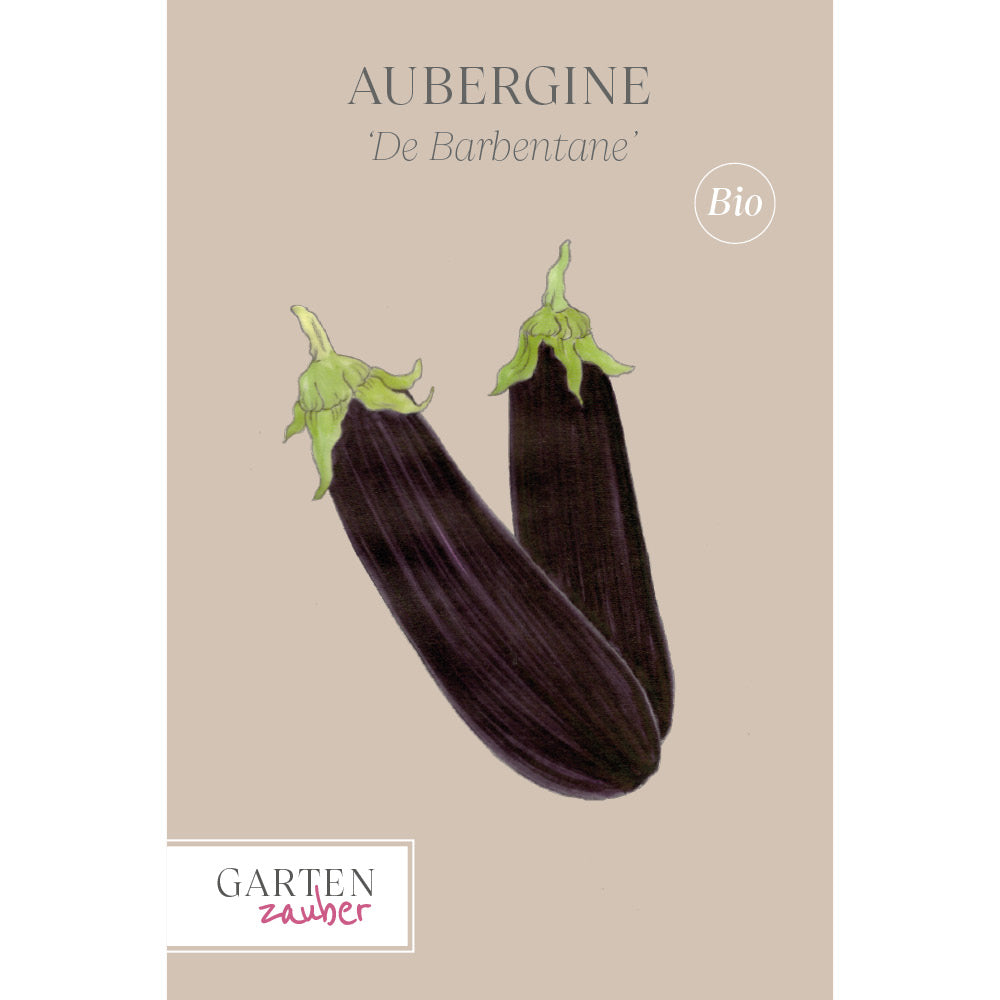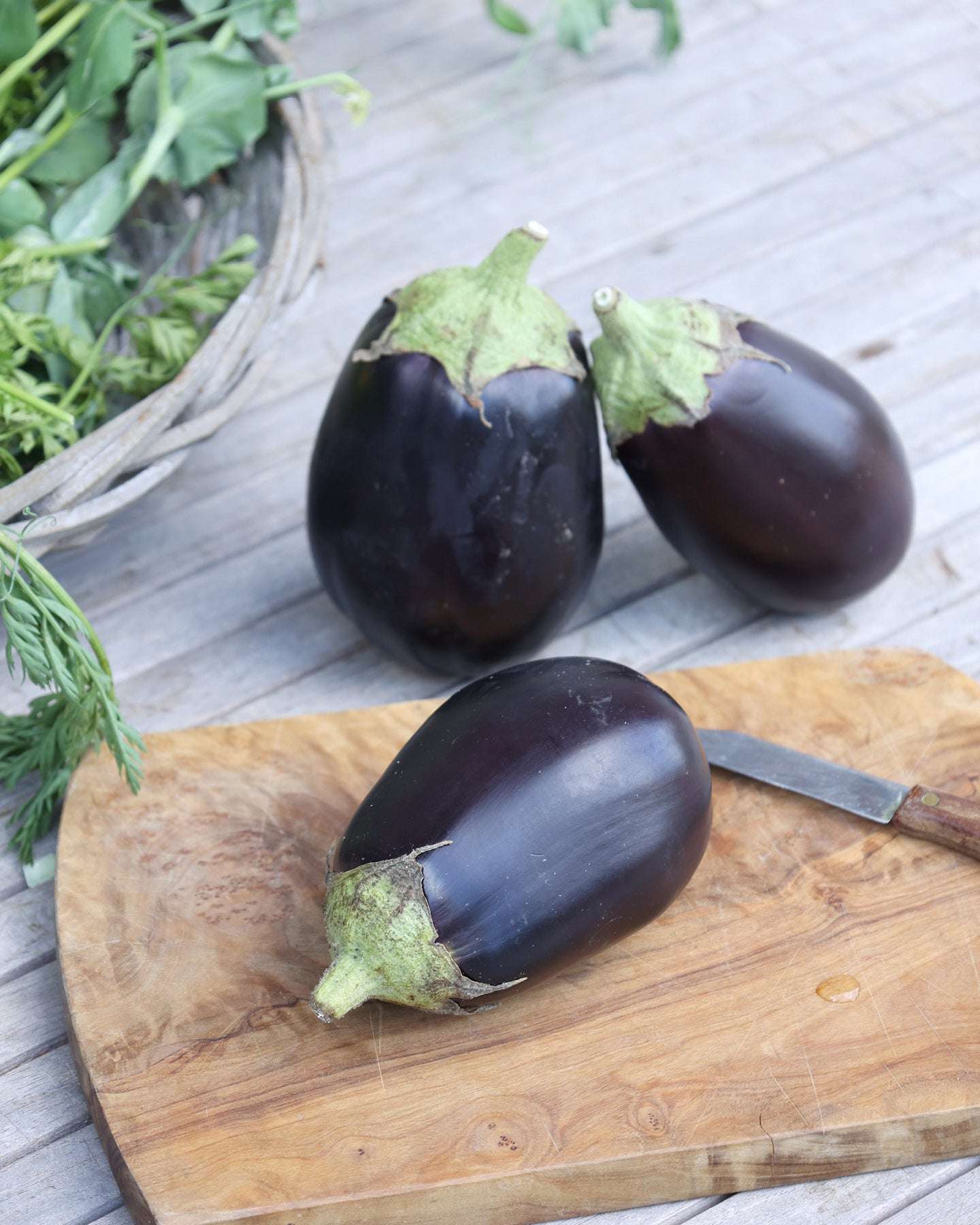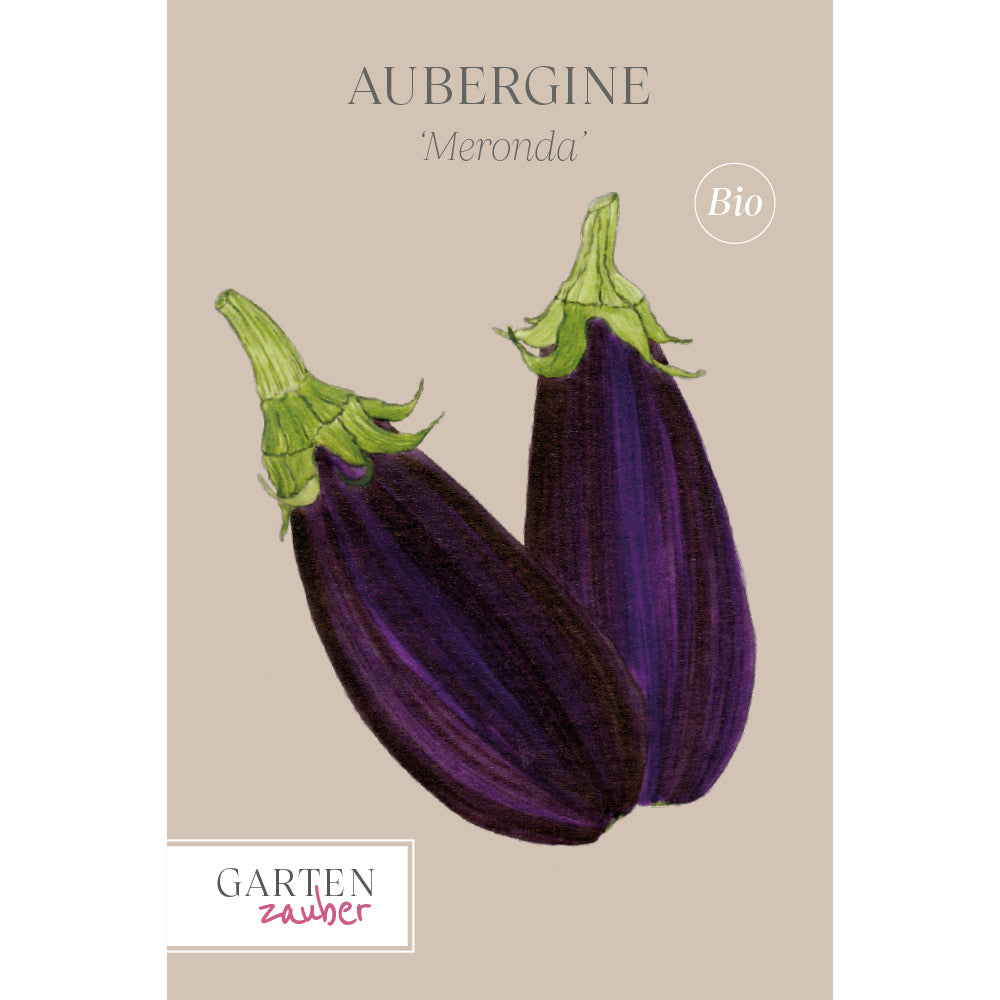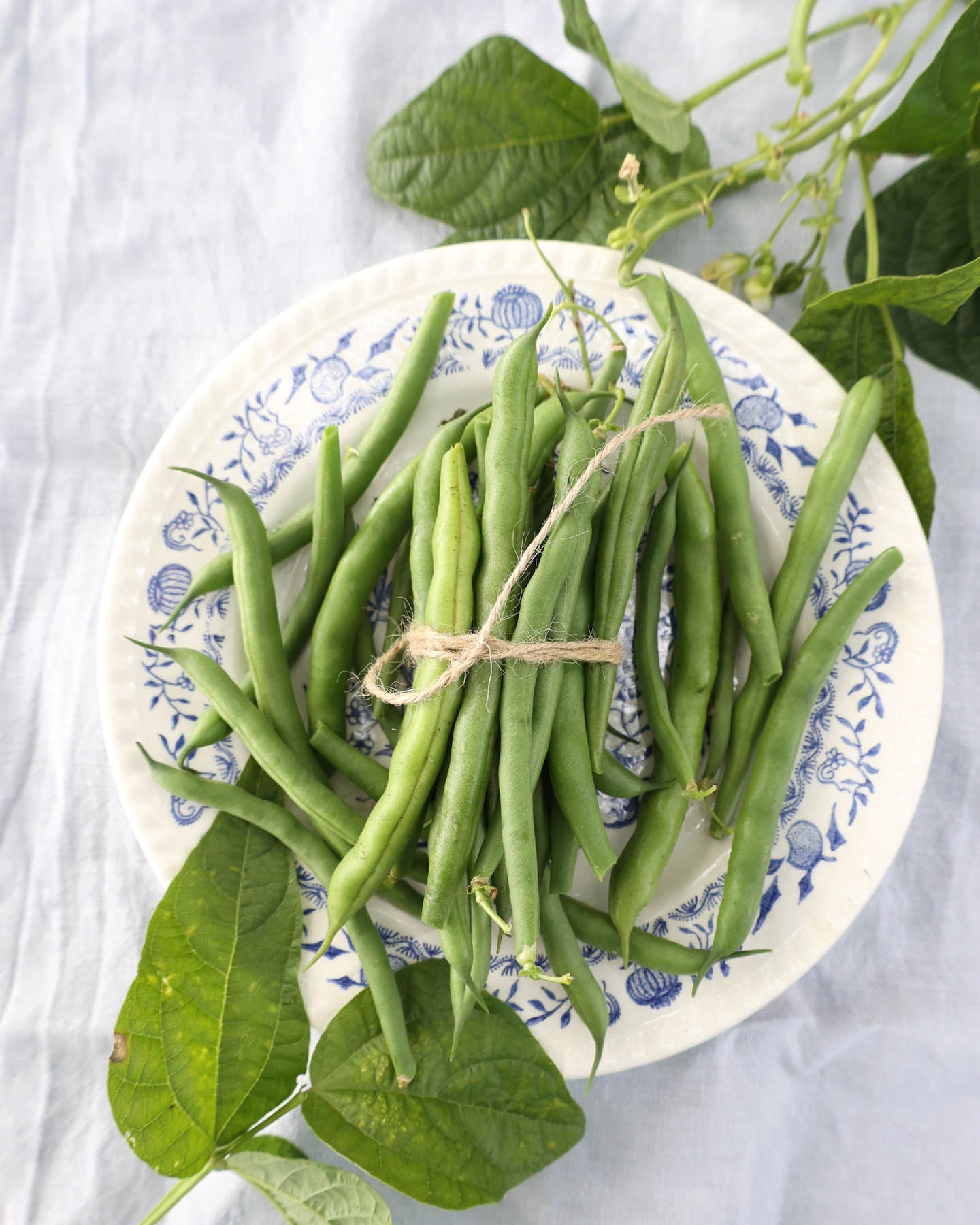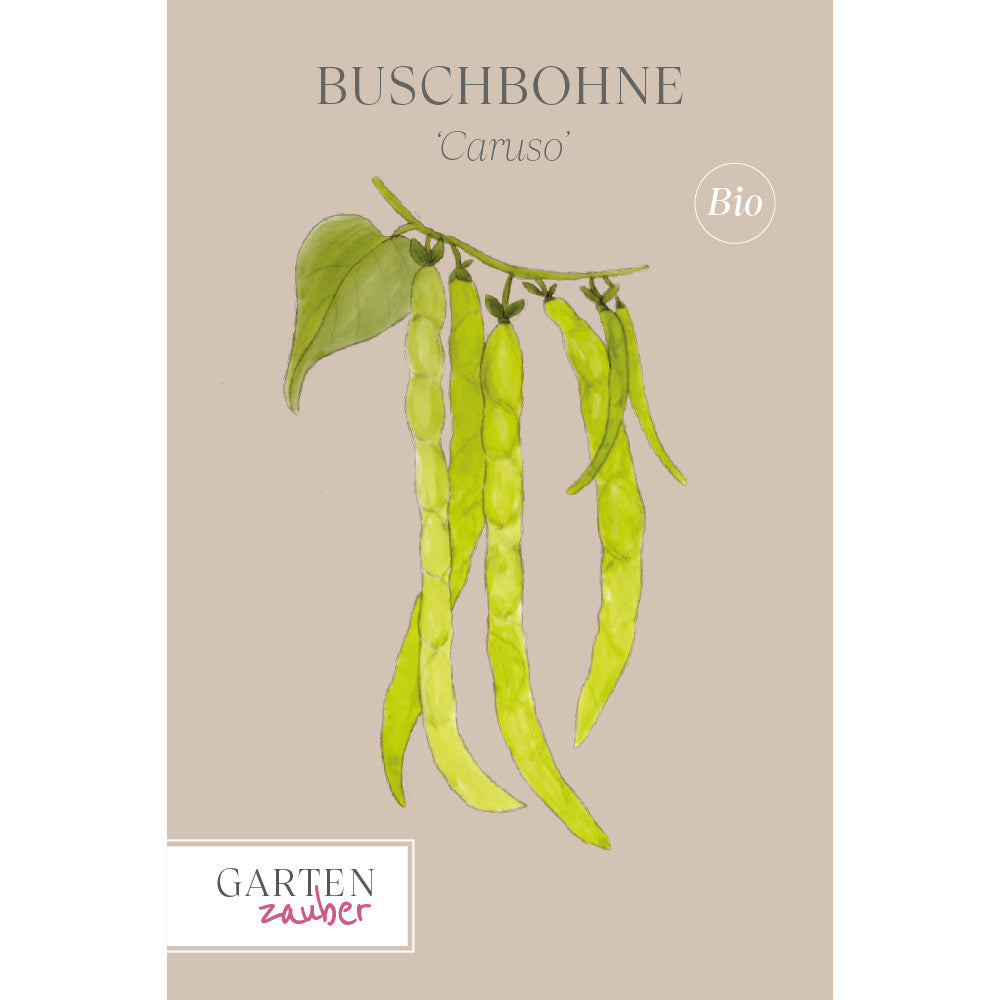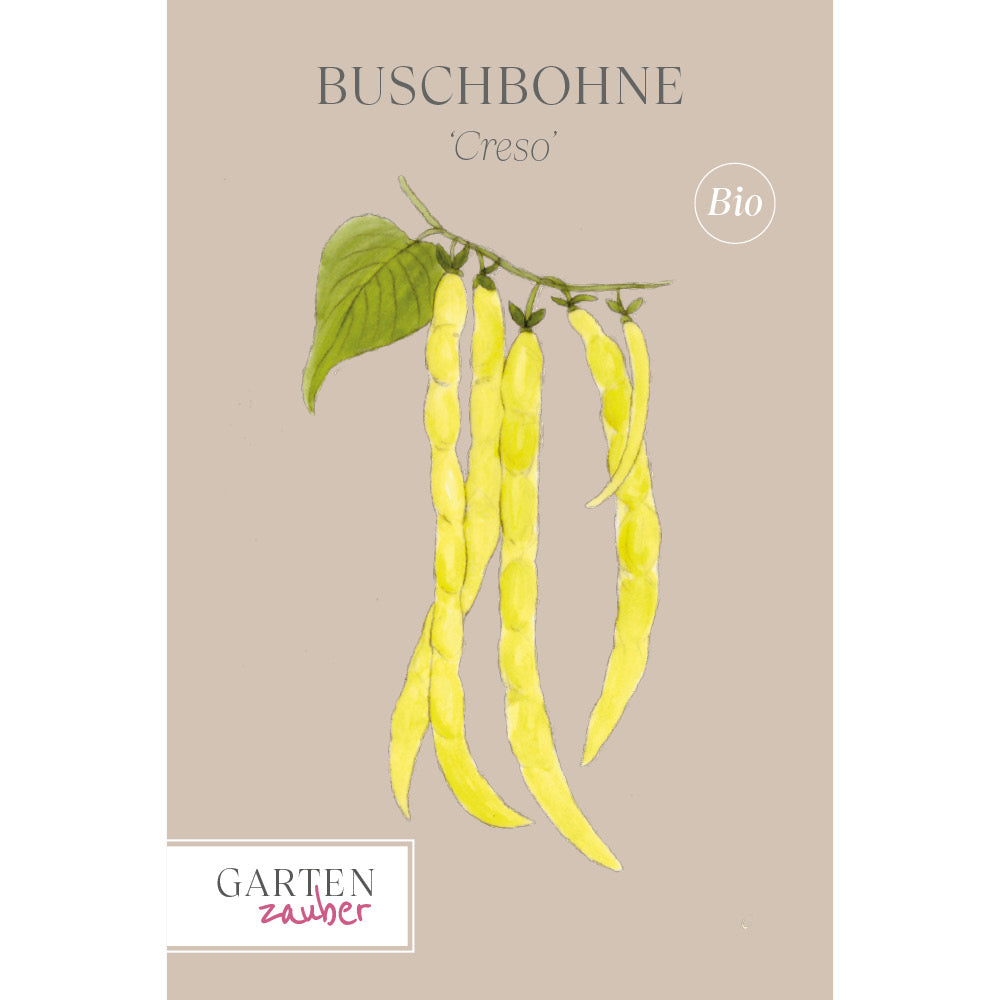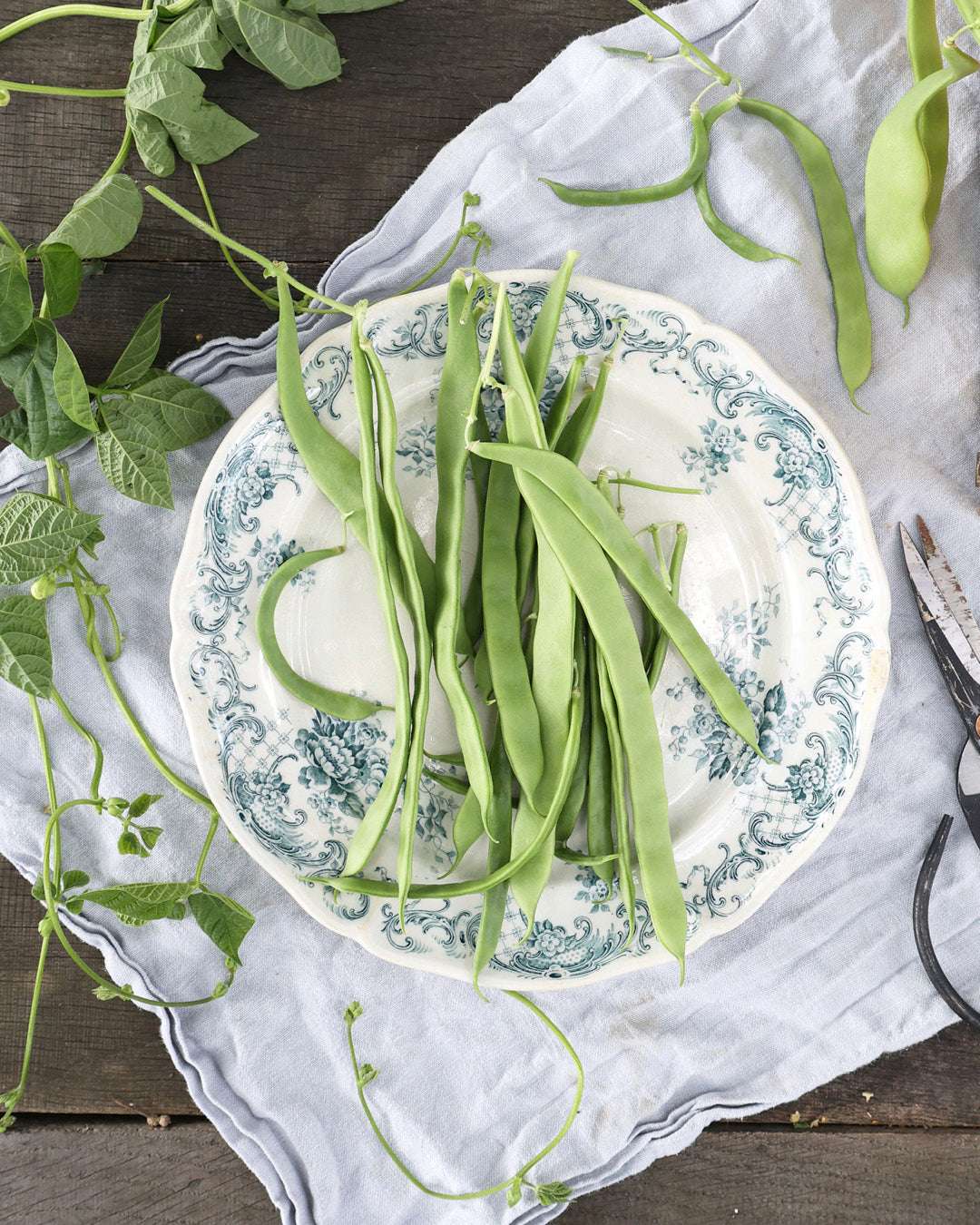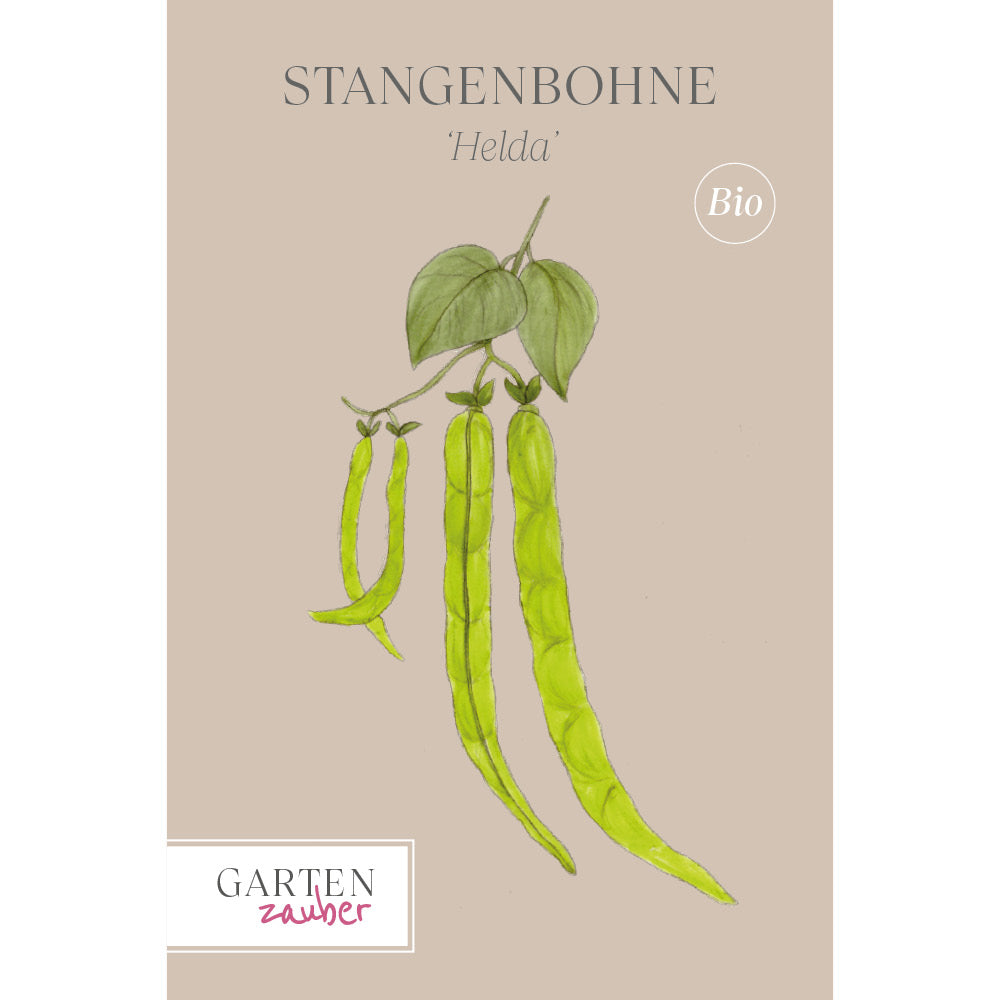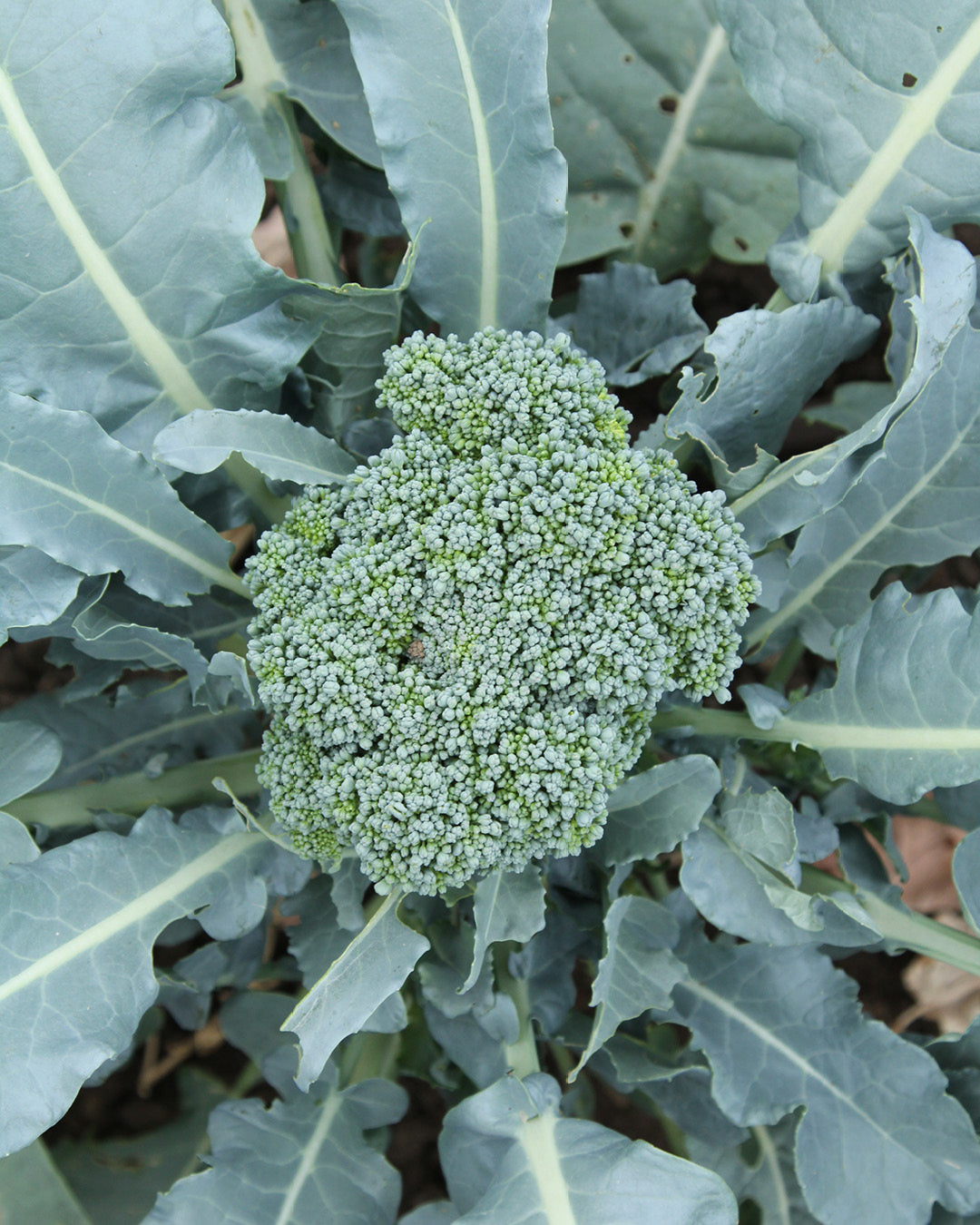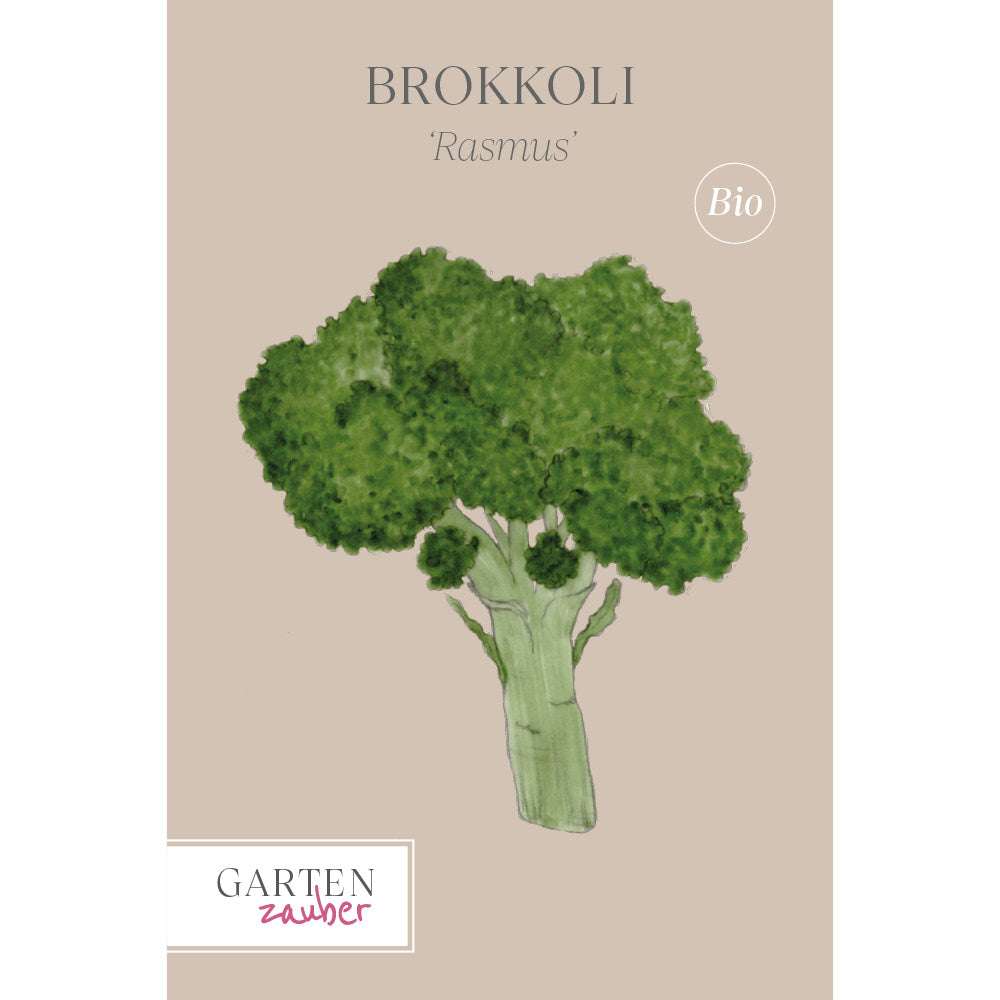We plant a fig tree!
The fig is a wonderful fruit that can be used to create all sorts of dishes. As the climate becomes milder, fig trees can now be planted in our gardens in a sheltered location. They are relatively easy to care for, and in a hot summer, you can expect a bountiful harvest. Read everything you need to know about the fig (Ficus caria)!
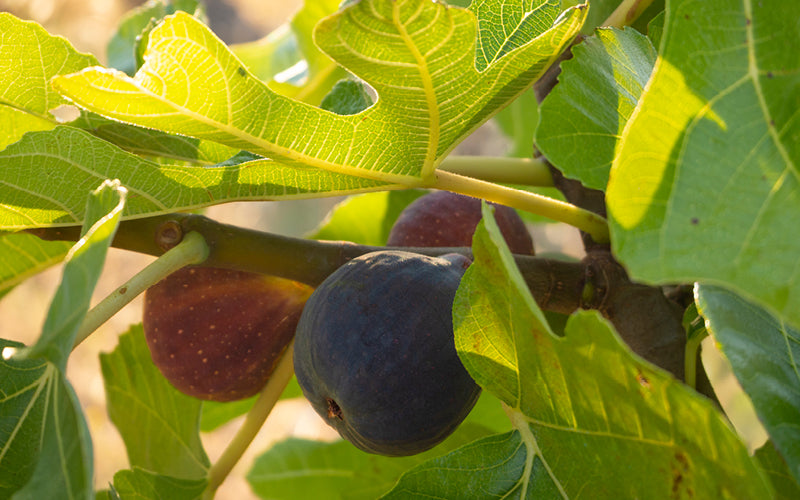
Fig (Ficus carica)
Interesting facts
The fig is a promising candidate for rising temperatures. The hot summers of 2018 and 2019 brought many fig growers a bountiful harvest.
In warmer regions, such as Spain and Portugal, the fig tree can bear fruit up to three times a year; in colder regions, people are happy if the fruit ripens at all.
A mild winter is needed for this, as the pinhead-sized fruits begin to develop as early as October and freeze at temperatures below -5 °C. If a warm summer follows, the fruits ripen.
A heat-retaining environment naturally acts as a catalyst for ripening. In cooler years, when the fig tree isn't bearing fruit, its leaves can be used in the kitchen as a "wrap" for grilling or cooking. The wrapped foods thus acquire an aroma reminiscent of Indian cuisine.
You can also experiment with fig juice. Just a few drops make milk turn cheese! There's plenty of information on this topic online. It's advisable to look for fig varieties that ripen even in lower summer temperatures, yet are still sufficiently hardy. 'Brown Turkey' and 'Madeleine de deux Saisons', for example, are highly praised; both can even bear fruit twice in warmer years.
Winter hardiness zone: from 7
Features
Edible fruits. Slow-growing tree, up to 6 m tall. The young leaves can also be eaten.
culture
Requires a dry, sheltered location. A south-facing wall is ideal for preserving the fruit buds formed in the fall through the winter.
The soil shouldn't be too nutrient-rich so the wood can harden sufficiently over the summer. You can check this by checking the distance between the leaves: less than 15 cm is optimal, while larger distances indicate soil that's too nutrient-rich.
Established plants can be completely damaged by severe frost, but usually sprout again from the roots.
Reproduction
The seeds can be sown directly and covered with only a minimal amount of soil. It's important that they don't dry out. Small plants will then quickly appear, and they need to be pricked out early.
Propagation via winter cuttings is straightforward. Cuttings up to 1 m long are buried vertically in the soil, leaving only 10–20 cm above the soil surface.
The success rate is high and the cutting has plenty of “basic power” to get started.
← vorheriger Post: Wildlumenwiese – Lawns can be different
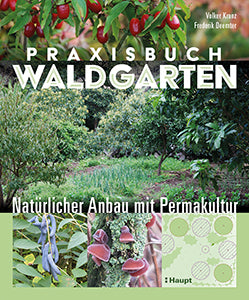
The content of this article is from the book:
Volker Kranz, Frederik Deemter
Practical Guide to Forest Gardening– Natural cultivation with permaculture
Price 38,00 €
ISBN 978-3-258-08240-0
Main Publishing
Permaculture designer Volker Kranz and forest gardener Frederik Deemter share their many years of experience with forest gardens and permaculture projects in an accessible way for beginners and practitioners. This book provides a holistic understanding of the structure, functions, and dynamics of a forest garden system.

